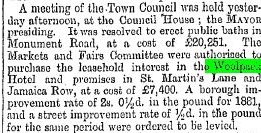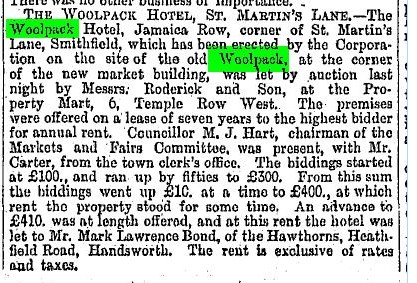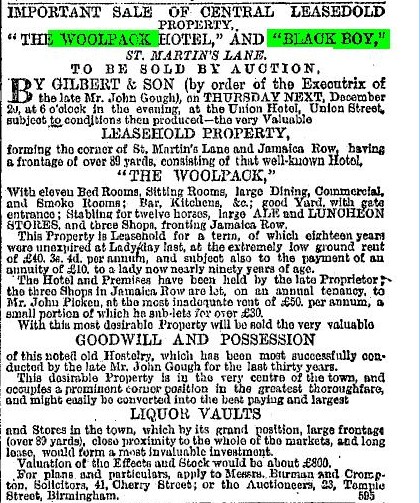In that late 18th century, while Revolution raged in France, many in Birmingham feared that religious dissent might lead to revolution against the Church of England and the British monarchy. Dissenters are those that refuse to accept the doctrines of an established church, in this case Protestants who dissented from the Church of England.
Joseph Priestley, a dissenter, was minister of the
Old Meeting House in what was then Phillip Street. This lay off Dudwall Lane, later known as Pinfold Street, a site now under New Street Station. The Meeting was burnt down in high-church riots in 1715 and wrecked again in the Priestley Riots of 1791. It was again rebuilt in 1794 with schoolrooms and a library attached. The burial ground was used from 1696, enlarged in 1779, 1869 and 1870; it was closed for burials in 1873 for all but reopened family graves. The building was demolished 1882 for the enlargement of New Street Station and the remains of the dead belonging to both the Old and New Meetings reinterred at Witton Cemetery where an obelisk marks the site. A new chapel in gothic style was built on Bristol Street in 1885. Priestley had written an inflammatory pamphlet that described 'laying gunpowder' under the 'old building of error'. This had caused alarm among supporters of the established church, who believed they were under threat. Priestley had already gained notoriety for his criticism of an attack on the French Revolution by Edmund Burke (a conservative statesman and political thinker).
On 14 July 1791 Priestley and his followers met at a dinner in the Dadleys Hotel, Temple Street, to celebrate the second anniversary of the storming the Bastille. Their opponents took this as an opportunity for full-scale riot. They attacked and burned the Meeting Houses and the homes of a large number of Priestley's friends and supporters, many of them respected Birmingham citizens.
Now the Unitarian Old Meeting House above, built in 1689, was so popular that they had to build an overflow one in DERITEND, of all places. This they called the
Lower Meeting House, because of it’s geography. Anyway, to cut a long story short, this was also burned to a crisp by the rioters, and the ruins became a workshop. From the enclosed piece from Catherine Hutton's book, you can see that this area was entered via
MEETING HOUSE YARD.
On further investigations, a Bham University Team did an architectural dig in my old rellies stamping grounds of
Moores Row and Milk Street in Deritend, AND mentioned Lower Meeting House Yard by name, and look what they discovered?
Ackerman’s Panoramic Map of the area shows the three gabled Lower Meeting House building in glorious detail. A complete new one for me...







































